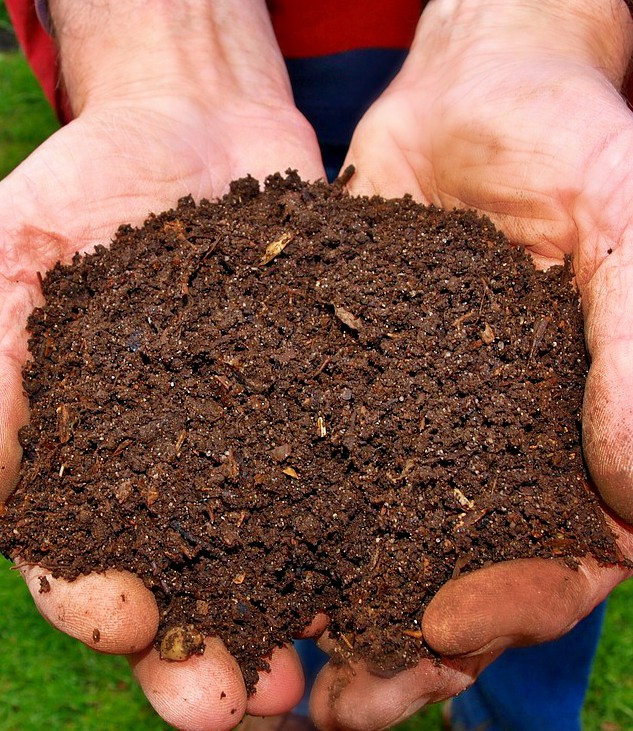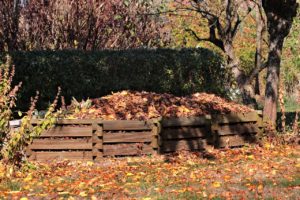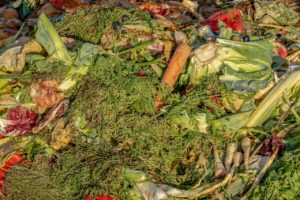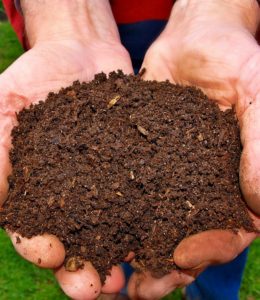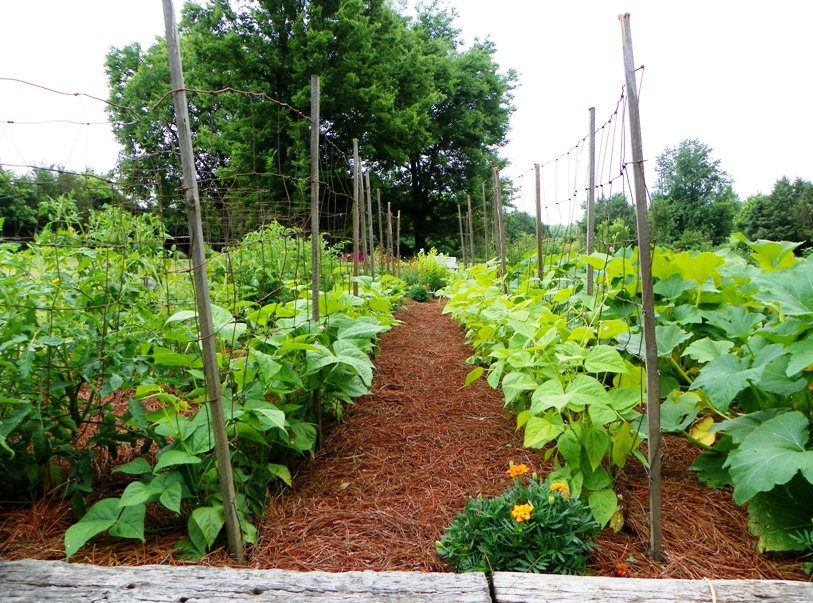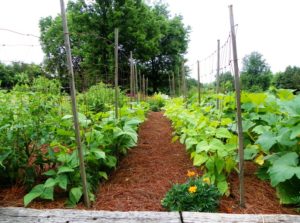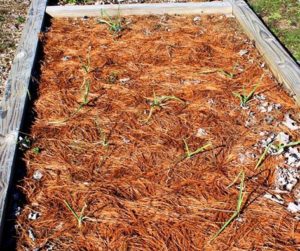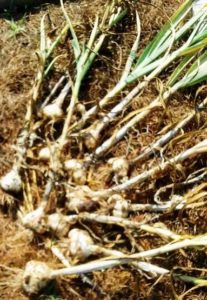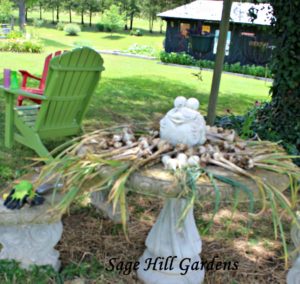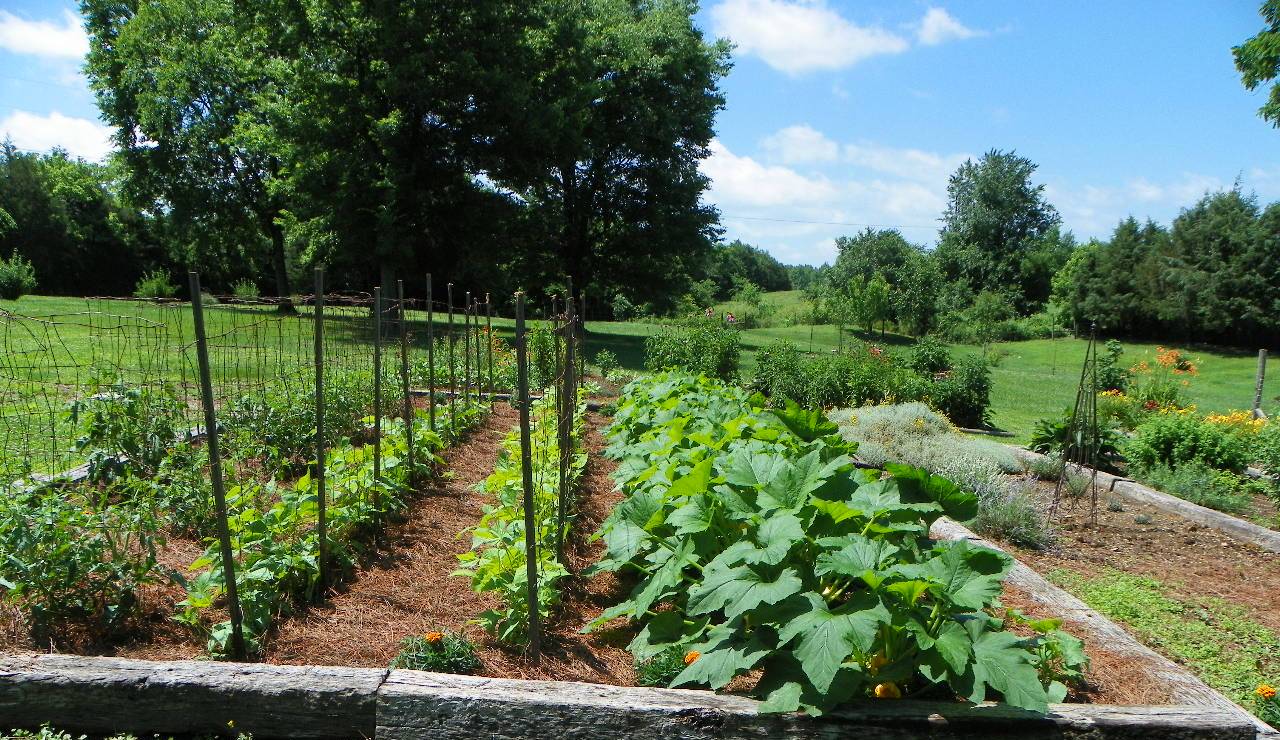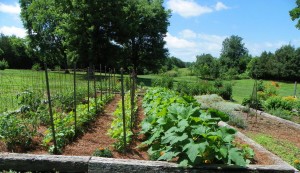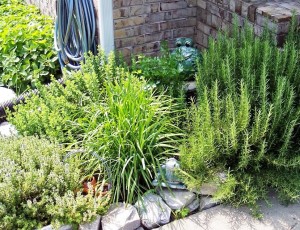|
Plant Type
|
Compatible For Companion Planting
|
Incompatible
|
| Asparagus |
Tomato, Parsley, Basil, Lettuce |
|
| Beans, Bush |
Potato, Celery, Cucumbers, Corn, Strawberry, Summer Savory, Carrots |
Onions, Fennel, Sage |
| Beans, Pole |
Corn, Summer Savory, Radish, Tomato |
Onion, Beets, Kohlrabi, Garlic, Chives, Sage |
| Beets |
Bush beans, Lettuce, Onions, Kohlrabi, Cabbage, Mint, Carrots |
Pole beans, Mustard |
| Broccoli |
Marigold, Sage, Beets, Nasturtium, Lettuce |
Tomato |
| Brussels Sprouts |
Aromatic Herbs, Carrot, Dill |
Tomato |
| Cabbage |
Celery, Onions, Potatoes, Aromatic Herbs, Beets, Chamomile, Spinach, Chard |
Strawberries, Tomatoes, Pole beans, Dill |
| Cabbage, Chinese |
Celery, Onions, Potatoes |
|
| Carrots |
Lettuce, Radish, Onions, Tomatoes, Peas, Rosemary, Sage, Leeks, beans |
Dill, Anise |
| Cauliflower |
Sage, Thyme, Mint |
Grapes |
| Celeriac |
Leeks, Tomato, Beans, Cabbage |
|
| Celery |
Onions, Tomato, Cabbage, Bush Beans, Nasturtium, Leeks |
|
| Chard |
|
Potatoes |
| Chervil |
Radishes |
|
| Corn |
Pumpkins, Sunflower, Peas, Beans, Cucumbers, Potatoes, Squash |
Tomatoes |
| Cucumbers |
Corn, Peas, Radishes, Beans, Sunflowers, Cabbage |
Aromatic herbs, Potatoes, Sage |
| Eggplant |
Beans, Marigold, Lettuce |
|
| Garlic |
Roses, Cabbage, Raspberries, Tomatoes, Eggplant |
Peas, Beans |
| Kohlrabi |
Cabbage, Broccoli, Cauliflower |
Tomatoes, Beans, Strawberries |
| Leeks |
Carrots, Onions, Celery |
Peas, Beans |
| Lettuce |
Onions, Strawberries, Beans, Carrots, Radishes, Peas, Cucumbers, Cabbage, Broccoli. Tomatoes |
|
| Okra |
Marigolds, Eggplant, Peppers |
|
| Onions (& family including, garlic, leeks, shallots, chives) |
Lettuce, Beets, Carrots, Strawberries, Tomatoes, Cabbage, Summer Savory |
Peas, Beans, Sage |
| Parsnip |
Peas, Beans |
|
| Peas |
Carrots, Cucumbers, Corn, Turnips, Radishes, Beans, Tomatoes, Potatoes, Aromatic Herbs |
Onions, Garlic, Leeks, Shallots, Gladiolus |
| Peppers |
Tomato, Basil, Parsley, Petunias, Carrots, Onions, Okra, Marigolds, Cilantro, Catnip, Tansy, Nasturtium |
Fennel, Kohlrabi, Beans |
| Potatoes |
Beans, Corn, Cabbage Family, Marigolds, Horseradish, Lettuce, Radishes, Scallions |
Pumpkin, Squash, Tomato, Cucumber, Sunflower, Chard, Raspberries |
| Pumpkins |
Corn, Marigold, Beans, Sunflowers |
Potato, Raspberries |
| Radishes |
Beets, Carrots, Spinach, Parsnips, Cucumbers, Beans, Lettuce, Peas, Kohlrabi, Nasturtium, Peas |
Cabbage, Cauliflower, Brussels Sprouts, Broccoli, Kohlrabi, Turnips, Hyssop, Grapes |
| Rutabaga |
Mint, Sage, Thyme, Marigolds, Nasturtium, Cabbage, Brussels Sprouts, Cabbage |
Grapes, Strawberries, Tomatoes, Pole beans, Dill |
| Spinach |
Celery, Eggplants, Cabbage, Peas, Onions, Brussels Sprouts, Peppers |
|
| Squash |
Radishes, Cucumbers, Corn, Nasturtium, Mint, Aromatic Herbs |
Potatoes, possibly Tomatoes |
| Tomatoes |
Carrots, Onions, Nasturtium, Asparagus, Cucumber, Aromatic Herbs (Parsley, Dill, Lovage, etc.), Spinach, Basil |
Cabbage, Cauliflower, Fennel, Potatoes, Black Walnut, possibly Squash |
| Turnip |
Peas, Brussels Sprouts, Beans |
Potatoes |
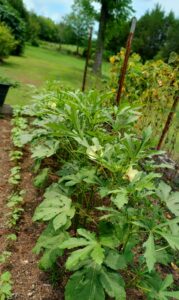
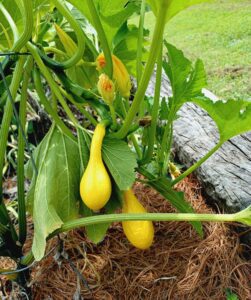
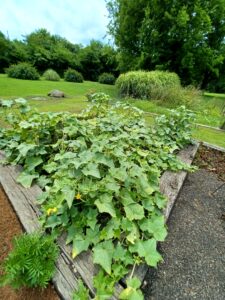
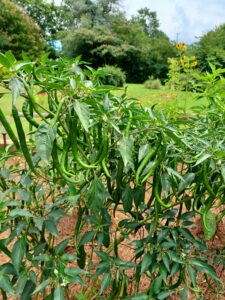
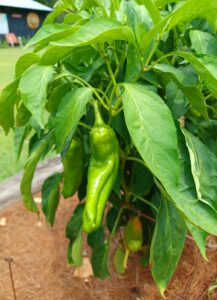
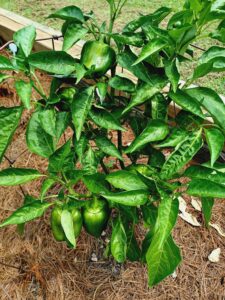
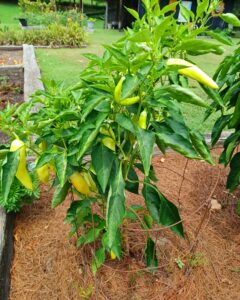
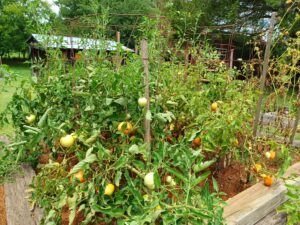
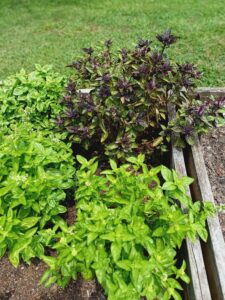
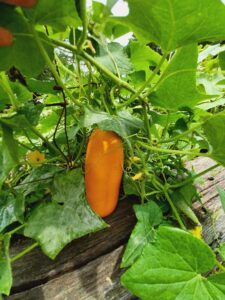
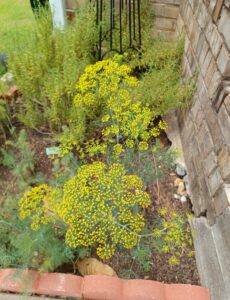
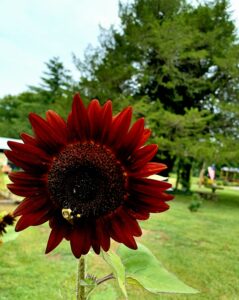

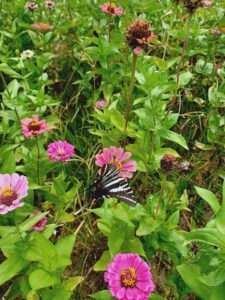
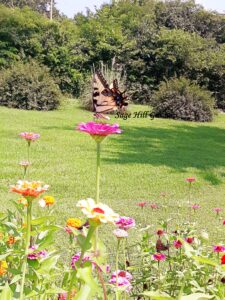





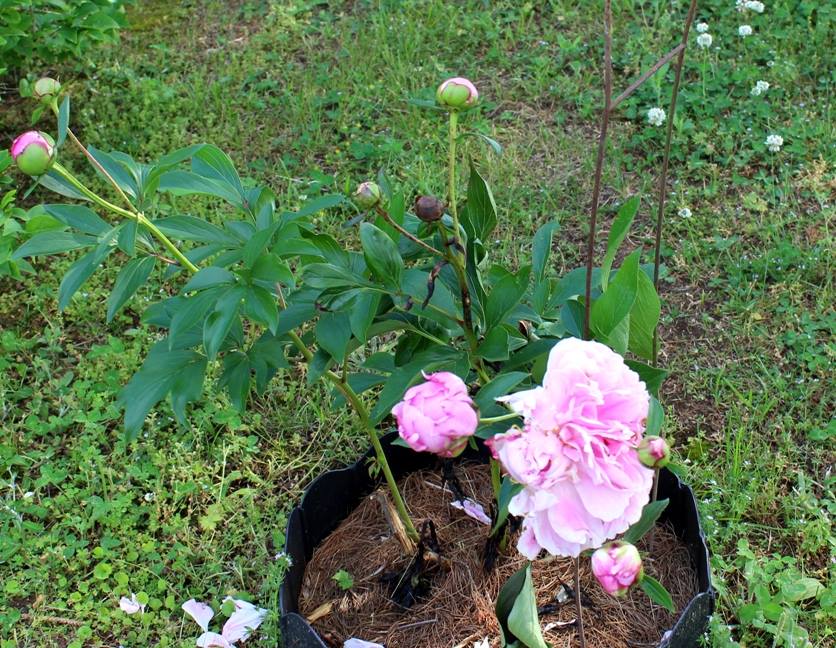
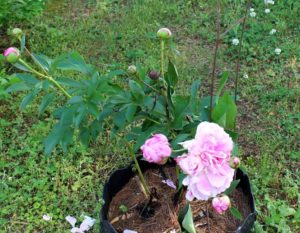
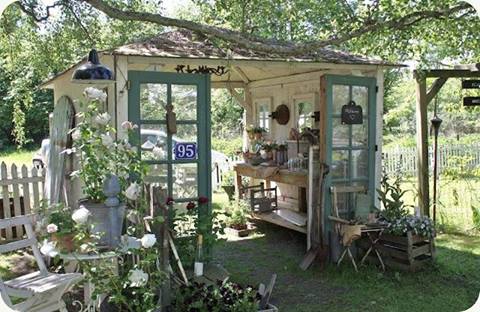
 such an awesome month, we are all so anxious to get started in the garden and mother nature is just as anxious to hold us back! I suppose because she knows her work isn’t finished to put all things in place for good and abundant growing. It can really be a lesson in patience……
such an awesome month, we are all so anxious to get started in the garden and mother nature is just as anxious to hold us back! I suppose because she knows her work isn’t finished to put all things in place for good and abundant growing. It can really be a lesson in patience……